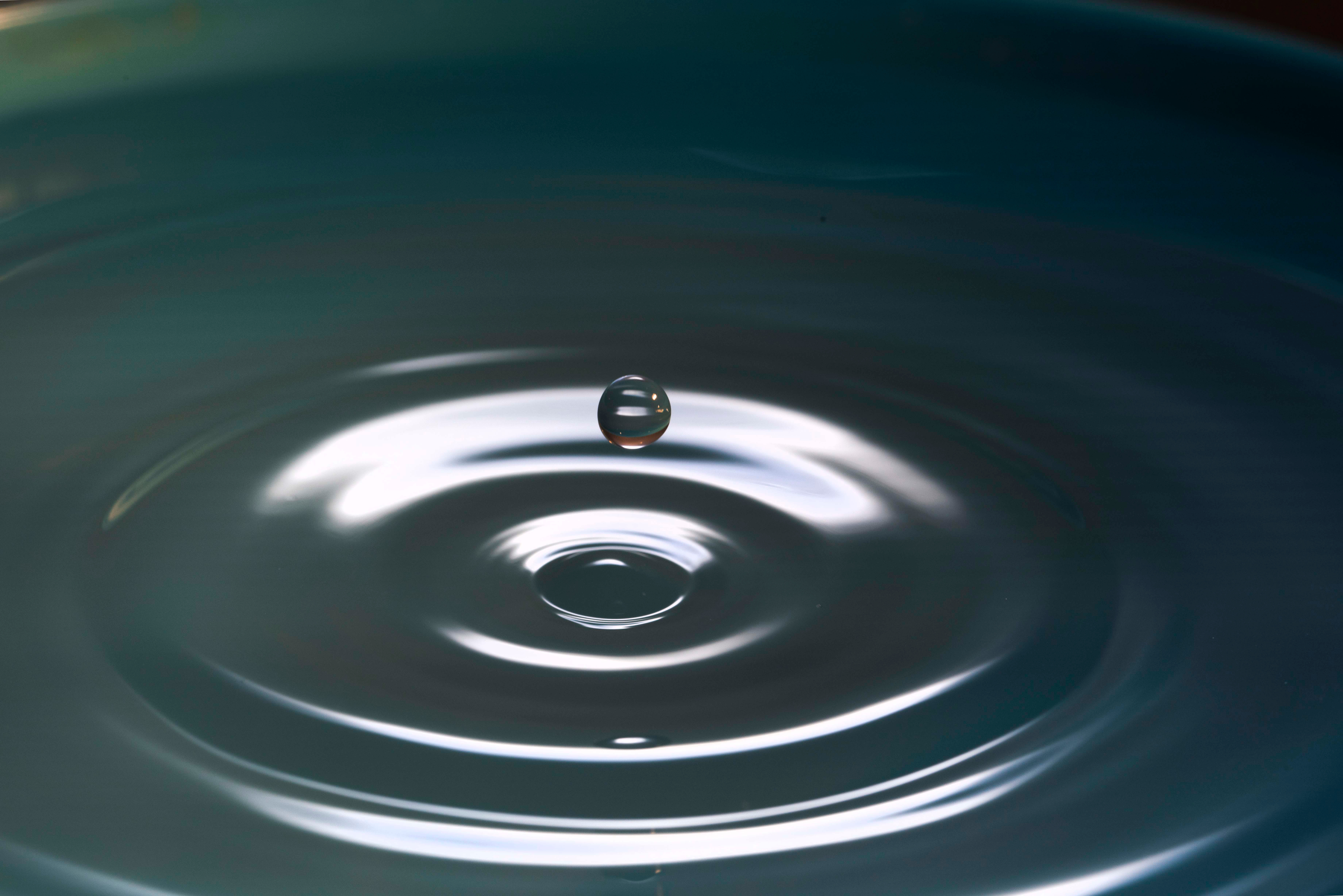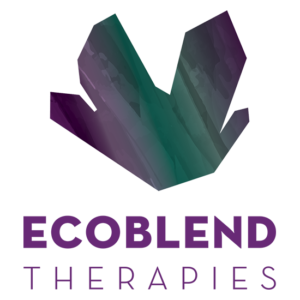 Perfect skin balance requires both, but how do you tell the difference? To keep it simple, think water for hydration and oil for moisture. When you are dehydrated, your cells lack water. You will notice a dull tone, mixed with a tight texture in the skin and a slight pucker to the touch, even when you are moisturized. When dry, your skin lacks oil or a healthy lipid layer, which can result in rough, thickened texture and dry, flaky skin.
Perfect skin balance requires both, but how do you tell the difference? To keep it simple, think water for hydration and oil for moisture. When you are dehydrated, your cells lack water. You will notice a dull tone, mixed with a tight texture in the skin and a slight pucker to the touch, even when you are moisturized. When dry, your skin lacks oil or a healthy lipid layer, which can result in rough, thickened texture and dry, flaky skin.
How to Hydrate
Your skin is made of almost 64% water. Keeping water and fluidity in the skin will not stop fine lines and wrinkles but it does indeed lessen their appearance. A common analogy in the skin care world is to visualize a grape vs. a raisin. A grape is loaded with water, keeping it plump, rounded and smooth. Dehydrate the grape and it becomes a dull, flat and textured raisin. Most of us love raisins but we definitely don’t want to look like one!
It’s much the same for human skin cells. Your skin needs fluidity and water to maintain a plump and youthful appearance. Also, many structures in the skin that support healthy collagen require adequate water to work effectively. Without it, the skin appears duller and wrinkles, fine lines, and pores appear more prominently. It’s also more likely to become less elastic and crack, potentially allowing in external particles that can irritate and increase blemish activity.
Water is key for almost every function of the body, so the perfect start to hydration is to drink plenty of pure fluids everyday. By pure fluids, I don’t mean coffee, soda or even extra juice…those things can actually deplete you of water content and potentially add way too much sugar and preservatives into your system. Instead, drink about half your body weight, daily, in filtered water, decaffeinated herbal teas and yummy organic broth. I dig a good bone broth for not only hydration but extra electrolytes, minerals, and collagen.
However, here’s the rub…the very last organ to receive the benefits of all your water intake, is the skin. For that reason, external application of hydrating ingredients, in a serum or light-weight delivery, are key in your skin care regimen. These types of ingredients are called humectants, which have the ability to pull moisture from the air, back into the skin. So cool! Ingredients like hyaluronic acid (HA), aloe vera, honey and even alpha-hydroxy acids like Glycolic and Lactic, are fantastic humectant superheros. HA can actually carry up to 1000x its own weight in water. If that doesn’t convince you, I’m not sure what will!
Making Moisture
As mentioned earlier, good moisture in the skin comes from active oil production, otherwise known as sebum. Our hair follicles contain sebaceous glands that produce this lovely, oily substance that helps to lubricate, protect and nourish our skin. The water in our cells can rapidly evaporate through a process called trans-epidermal water loss, so sebum designs a natural barrier to help slow the depletion of water and prevent our skin from drying out. It also helps protect us from environmental assault and free radicles that lead to premature aging.
Obviously, those with dry skin have a lack of oil production. Inversely, those with oily skin tend towards overproduction of sebum. Interestingly enough, an overproduction of oil is often associated with a dehydration in the skin. If the skin is stripped and dehydrated, it tends to panic and overproduce more oil to compensate. This is why drying out a blemish-prone, congested, oily skin type is rarely the answer!
To get your moisture on, eat your moisture-makers! Each skin cell is wrapped in a protective fatty membrane that helps to seal in moisture and ward off irritation from chemicals and toxins in our environment. If you don’t have enough fatty acids nutritionally supporting your body, you cannot effectively replenish this protection in the skin. Loads of beneficial Omega-3s, otherwise known as Alpha-linoleic acids (ALAs) can be found in delicious fatty fish like wild-caught salmon and sardines. Eggs have the perfect balance of omegas (yolk and all) and the perfect touch of useful protein. Grass-fed butter and ghee are fabulous sources of healthy fat without all the antibiotics and toxins. Coconut oil, is one of my very favorite cooking oils and sources for healthy fat because of its natural anti-fungal properties, healthy omega ratios and high heat capabilities during cooking. Avocado, hemp, flax and sprouted walnuts are also fat-fabulous!
Additionally, good fats applied topically, will really ramp up your skin’s moisture value. In this case, heavier isn’t always better. Most heavy moisturizers tend to have a very fat molecular structure. The crazy thing is, those fat molecules are often too big to actually penetrate the pore. This is where a good facial oil helps save the day! Oils that are a high molecular weight protein (loads of essential fatty acids, amino acids and antioxidants like vitamins A,C, and E) in a low molecular weight oil (light weight and very absorbable) have great success penetrating that outermost skin cell layer and the nutrients being utilized effectively. Some of my favorites for all skin types (including oily, acne-prone) are Grapeseed, Argan, Marula, Blue Tansy, and Rosehip oils.
